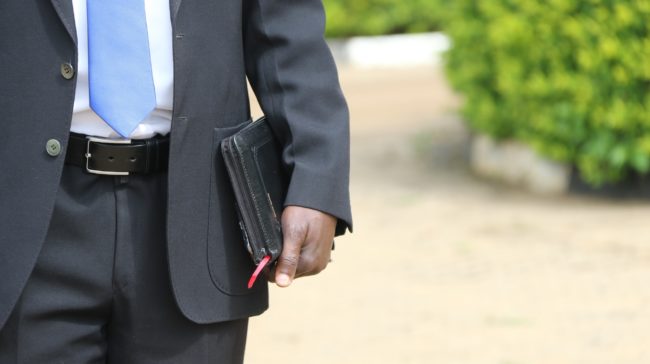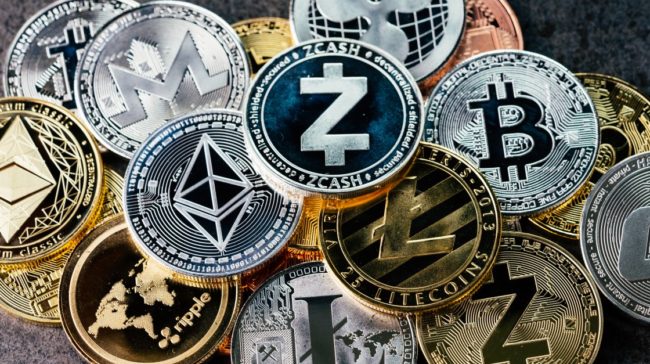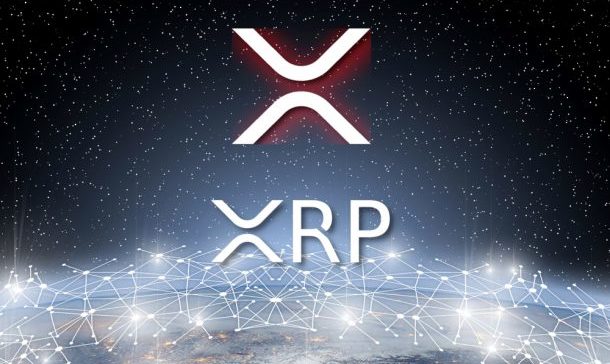
XRP’s decentralization vs. its potential centralization has been a debate that lasts for quite a while.
There are lots of naysayers who claim that XRP is nothing but a scam, and the project is centralized.
Forbes slams Ripple and XRP
If you recall, just recently Ethereumworldnews reported that a contributing writer to Forbes and author of the piece “JPM Coin From JPMorgan Chase vs. Crypto Fans,” Jason Bloomberg slammed Ripple as a scam.
“While Ripple has been positioning XRP as solving cross-border financial transaction issues among banks, there are also indications that Ripple is essentially a scam,’ Bloomberg wrote.
The same publication wrote that his comments lacked robust evidence.
After that, the same author made sure to write another piece and annoy the Ripple and XRP community of fans even more.
He practically continues to slam Ripple and XRP. In this article, he debates what nature of business Ripple is running.
XRP community found proof of decentralization
Something recently happened which has been used as proof of decentralization by the XRP community. The Ripple servers were down for a while, and XRP continued to be transacted.
The server outage at Ripple could be a solid proof that XRP is not centralized, Bitcoinexchangeguide just reported.
This event led to a whole controversial debate on Twitter. Some users said that Ripple was the one that orchestrated the entire thing just to prove that XRP is not centralized.
What happened was that even if Ripple’s servers were down, XRP continued to trade and according to XRP army of fans, this is robust proof that XRP can exist without Ripple, so it’s not centralized.
On the other hand, someone posted: “Not a ripple hater but just to point out this whole “ripple is down & xrp is still trading” doesn’t prove anything. It’s common to have the front end of your website hosted separately. It was a temporary outage and its back, nothing more to it.”
This issue will probably be debated for a while longer until the SEC makes a decision regarding the nature of XRP.





Well, it does not prove that much